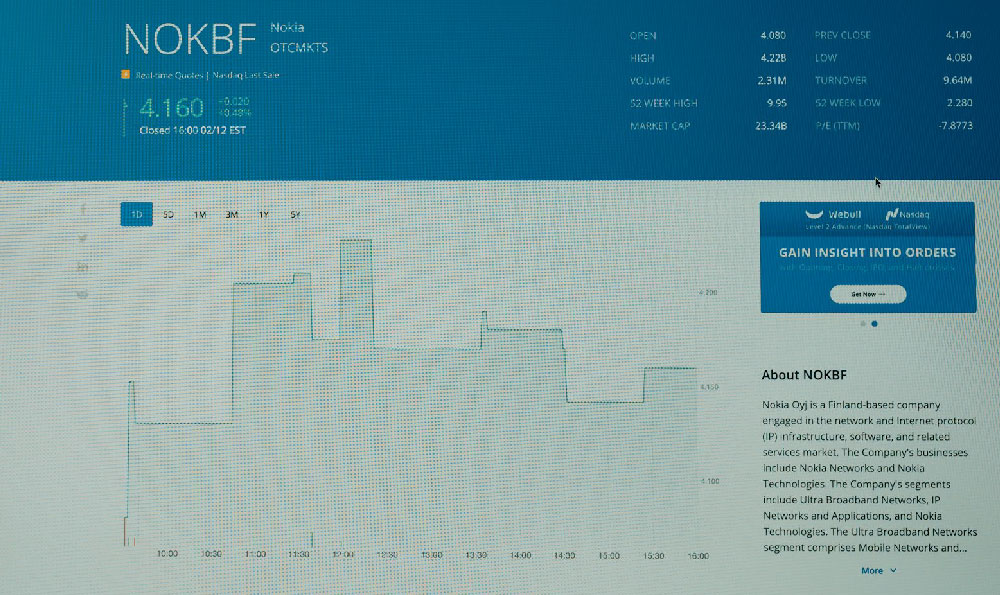How many views on YouTube: Can you really make money?
The lure of YouTube stardom, complete with financial independence and global recognition, is a potent dream for millions. And it's inextricably linked to the number of views one's videos garner. The question, "How many views on YouTube: Can you really make money?" isn't just a casual inquiry; it's a core concern for anyone considering the platform as a potential income source. The answer, however, is far more nuanced than a simple numerical threshold.
The relationship between views and earnings on YouTube is complex and multifaceted. While views are a crucial component, they're not the sole determinant of income. Several factors influence the amount a YouTuber can earn, and understanding these factors is essential for anyone looking to monetize their content effectively.
First and foremost, understanding YouTube's Partner Program (YPP) is critical. This is the gateway to monetization. To be eligible for the YPP, a channel needs to have at least 1,000 subscribers and 4,000 valid watch hours in the past 12 months. These are foundational requirements; without meeting them, you won't even be able to begin the monetization process. Once admitted, you can connect your AdSense account to your channel and start displaying ads on your videos.

The primary source of revenue for most YouTubers comes from advertising revenue, often measured in Cost Per Mille (CPM) or Cost Per View (CPV). CPM is the cost advertisers pay for 1,000 ad impressions, while CPV is the cost they pay when someone watches an ad. The actual amount you earn per 1,000 views (often called RPM or Revenue Per Mille) fluctuates wildly depending on several variables.
Advertiser demand is a major factor influencing CPM. Businesses are willing to pay more to advertise to specific demographics or during certain times of the year. For instance, advertising costs generally increase during the holiday season as businesses ramp up their marketing efforts. Channels with content appealing to a high-value demographic, such as professionals or individuals with disposable income, tend to attract higher CPMs.
The content itself plays a significant role. Certain niches are inherently more lucrative than others. Finance, business, and technology channels, for example, often command higher CPMs compared to gaming or entertainment channels (although exceptionally popular gaming channels can certainly generate substantial revenue). This is because advertisers are often willing to pay more to reach viewers interested in these topics. Content related to products and services also tends to draw better ad rates.
Geographic location is another critical element. Views from countries with strong economies, such as the United States, Canada, and the United Kingdom, generally generate higher revenue compared to views from countries with lower advertising rates. This is because advertisers in wealthier countries are willing to pay more to reach their target audiences.
Ad engagement is also important. The type of ads viewers see and whether they interact with them significantly impacts revenue. Skippable video ads that viewers watch for a longer period, or non-skippable ads, generate more revenue than ads that are skipped immediately. Encouraging viewers to watch ads fully (without being overly pushy) can help increase earnings. YouTube’s algorithm also considers how engaging your content is for the viewer, prioritizing channels with higher watch times and engagement rates, leading to better ad placement opportunities.
However, relying solely on AdSense revenue can be a precarious strategy. Diversifying income streams is crucial for long-term sustainability. Successful YouTubers often supplement their ad revenue with other income sources such as:
- Sponsorships and Brand Deals: Partnering with brands to promote their products or services in your videos can be a highly lucrative revenue stream. The amount you can charge for a sponsorship depends on your channel's size, audience demographics, and engagement rate. These sponsorships can range from product placements to dedicated videos.
- Affiliate Marketing: Promoting products or services and earning a commission for each sale made through your unique affiliate link. This is a popular option for channels that review products or offer tutorials.
- Merchandise: Selling branded merchandise, such as t-shirts, mugs, and other products, can be a significant source of revenue for channels with a dedicated fanbase.
- YouTube Premium Revenue: If a YouTube Premium subscriber watches your videos, you earn a portion of their subscription fee. This is a smaller but consistent revenue stream.
- Crowdfunding: Platforms like Patreon allow viewers to support creators directly through recurring donations. This can provide a stable source of income for creators who produce valuable content.
- Online Courses and Digital Products: Creating and selling online courses, e-books, or other digital products related to your channel's niche can be a highly profitable venture.
Therefore, there's no magic number of views that guarantees financial success on YouTube. A channel with 100,000 views per video might earn significantly less than a channel with 50,000 views per video, depending on the factors mentioned above. Someone with a targeted, engaged audience in a high-CPM niche who also leverages sponsorships and other revenue streams will likely far outperform someone relying solely on AdSense revenue from less targeted views.
Ultimately, making money on YouTube is a marathon, not a sprint. It requires consistent effort, high-quality content, strategic audience building, and a diversified monetization strategy. Focus on creating valuable content that resonates with your target audience, building a loyal community, and exploring multiple revenue streams. Views are a vital metric, but they are just one piece of a much larger puzzle. Success on YouTube is less about the sheer number of views and more about creating value for your audience and building a sustainable business around your content.















